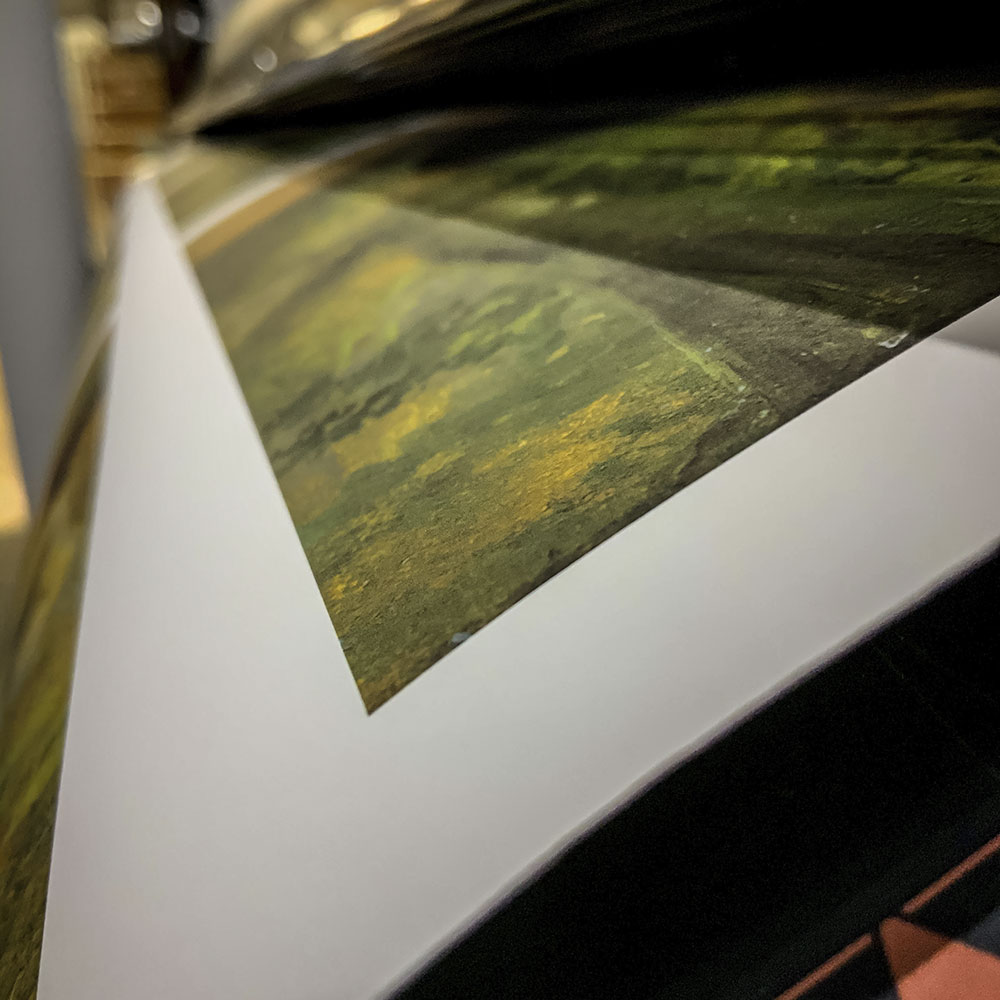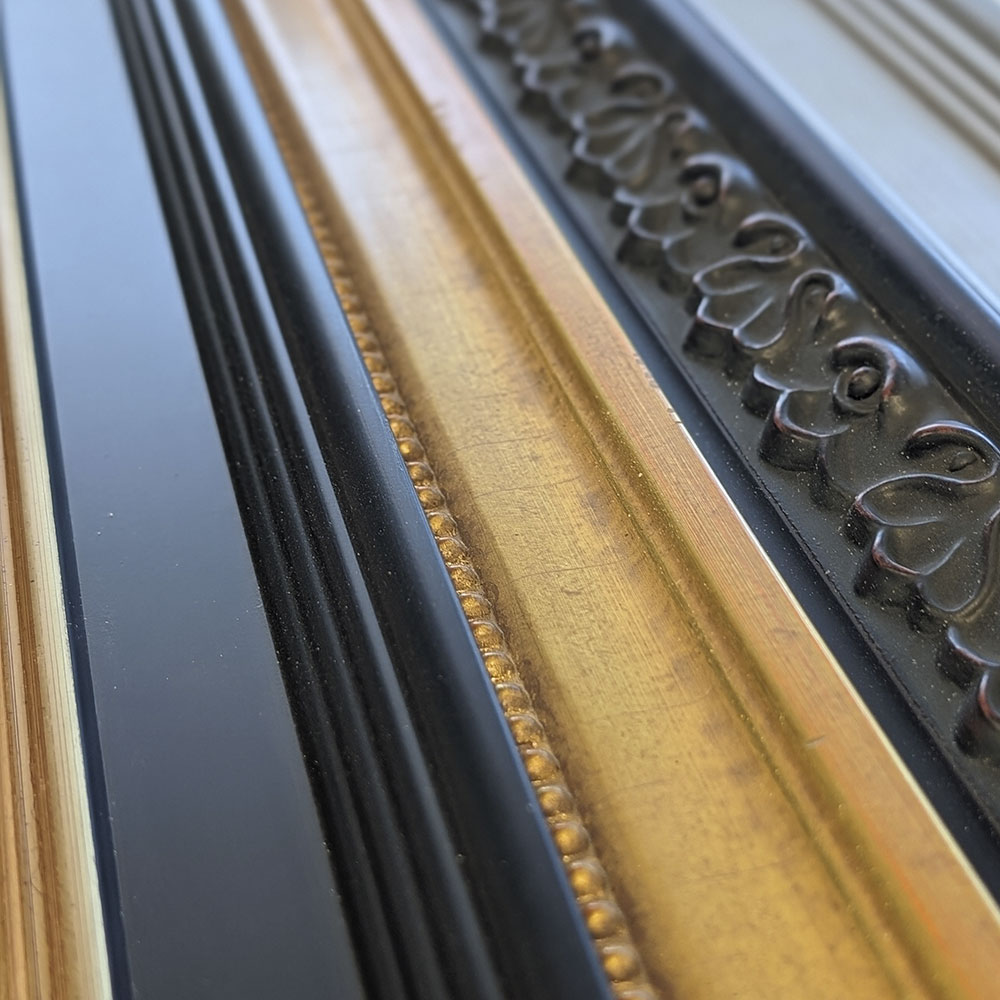Edgar Degas (French, 1834-1917), Portrait of Estelle Musson Degas, 1872. Oil on canvas. New Orleans Museum of Art, Museum purchase through Public Subscription.
Degas’ portrait of his sister-in-law (and first cousin) was painted in New Orleans in December 1872, during the artist’s stay in his mother’s native city. In New Orleans Degas painted about fifteen portraits of family members, all portrayed in interiors on account of his weakened vision. Degas felt a particular sympathy for the nearly blind Estelle (1843-1909), wife of his brother René, portrayed here immediately before the birth of her fourth child. His description of her in a letter relates her brave acceptance of the handicap, though it ends “she is almost without hope.” Estelle is depicted arranging flowers in a shaded room. The sketchy background of reds and browns creates an aura of darkness emanating from her form, probably a reference to her blindness. Degas also emphasizes the sense of touch with the woman’s hands tentatively arranging the flowers. Her face is silvery gray and is illuminated not from the window, but from a source of light to the left, creating a sense of ineffable mystery. The surface is then enlivened with the greens, whites, reds, and yellows of the bouquet. The portrait’s unfinished state reveals how Degas’ painting process was more closely approaching the Impressionist aesthetic in the early 1870s.


